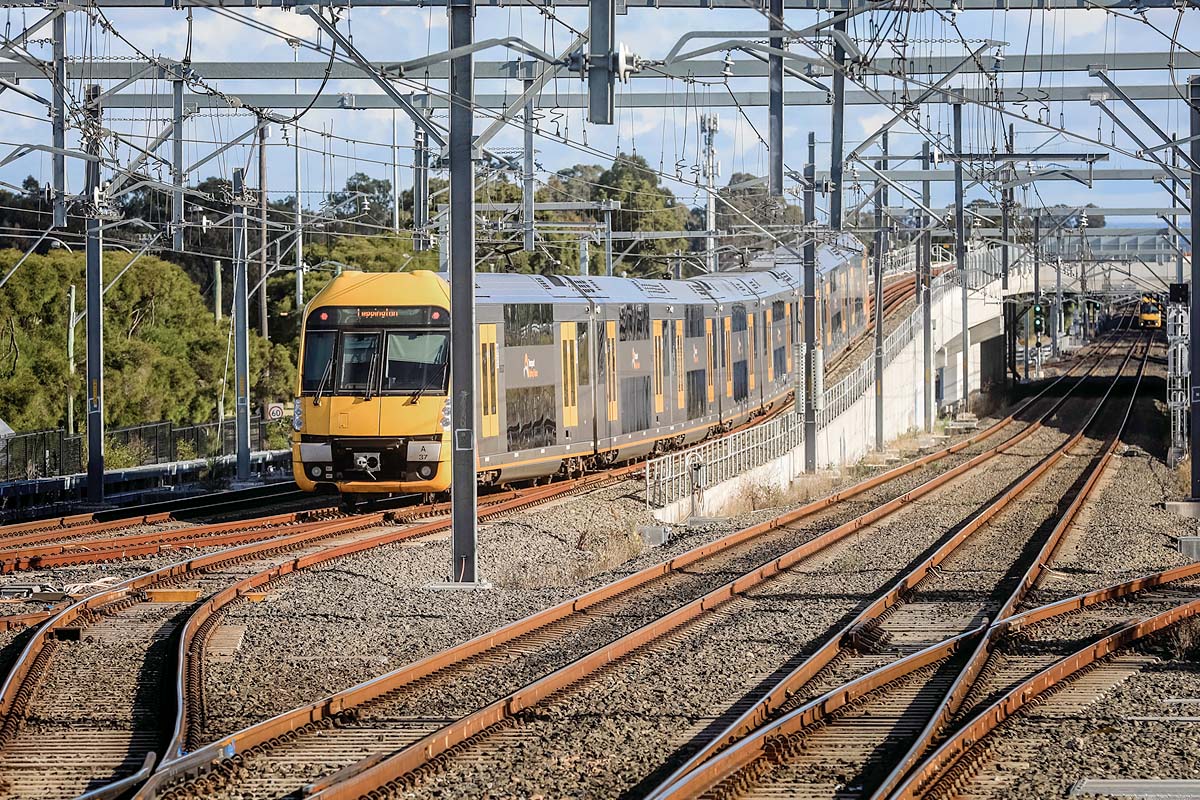Transport infrastructure plays a critical role in driving economic growth and the well-being of communities. Integrated transport networks, including road, train, metro, bus, ferry, light rail, cycling, and walking, give people access to workplaces and help us connect and travel around NSW.
The State Environmental Planning Policy (Transport and Infrastructure) 2021 – also known as the Transport and Infrastructure SEPP – makes it easier to protect, improve or use land in NSW, including using land for transport infrastructure.
Charging units for electric vehicles
The state planning policy for electric vehicle charging units is in Chapter 2, Division 17 Subdivision 3 of the State Environmental Planning Policy (Transport and Infrastructure) 2021.
Demand for electric vehicles is increasing as people embrace emerging technologies and cleaner energy options. Under the NSW Electric Vehicle Strategy (2021), electric vehicle sales are expected to increase to 52% by 2030–31. This demand also increases the need for electric vehicle charging units. People need more electric vehicle facilities in appropriate and convenient locations across the state. The state policy provides a clear path through the approval process and encourages more investment in charging locations.
The electric vehicle charging unit frequently asked questions and case studies page answers frequently asked questions about installing an electric vehicle charging unit, and provides case studies for common development scenarios. It explains the relevant planning provisions (legal conditions) in the Transport and Infrastructure SEPP.
Development in busy road and rail corridors
The Development near rail corridors and busy roads – Interim guideline (PDF, 4.4 MB) provides information on the planning, design and assessment of development. It aims to help prevent negative interactions with nearby rail corridors and busy roads.
The guidelines apply to certain development under sections 2.98, 2.99, 2.100, 2.120 and 2.121 of the Transport and Infrastructure SEPP. They are primarily for stakeholders involved with development in or near rail corridors, busy roads and ancillary facilities. This includes:
- consent and approval authorities
- public and private proponents
- designers
- architects
- project managers
- engineers
- contractors.
More information
For more information on the changes, email the policy team at [email protected]
